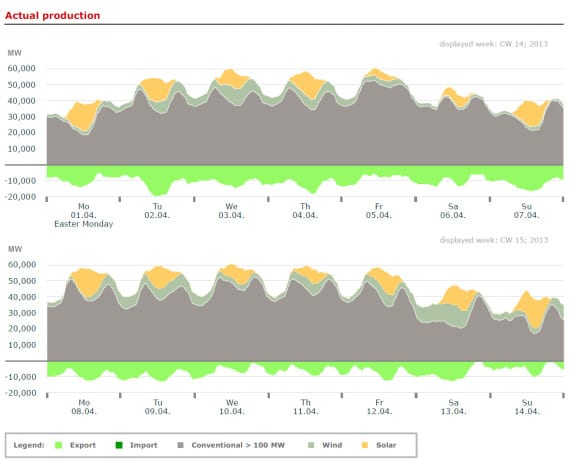http://rvaidya2000.wordpress.com/wp-admin/post.php?post=1563&action=edit
Niti Central 10/04/2013
Is Congress serious about illegal money in tax havens? - Part 1
Prof. R.Vaidyanathan
Leaked documents reveal how the rich, crooks and politicians use offshore banking havens to protect their money, a journalism group in Washington said on Thursday.
The International Consortium of Investigative Journalists collaborated with The Guardian and the BBC in Britain, Le Monde in France, Suddeutsche Zeitung and Norddeutscher Rundfunk in Germany, The Washington Post, the Canadian Broadcasting Corp and 31 other news organisations to analyse the data from 2.5 million documents related to more than 120,000 offshore companies and trusts.
“The leaked files provide facts and figures – cash transfers, incorporation dates, links between companies and individuals – that illustrate how offshore financial secrecy has spread aggressively around the globe, allowing the wealthy and the well-connected to dodge taxes and fueling corruption and economic woes in rich and poor nations alike,” the ICIJ said in its report, “Secrecy for Sale: Inside the Global Money Maze.”
The major findings so far are,
» Government officials and their families and associates in Azerbaijan, Russia, Canada, Pakistan, the Philippines, Thailand, Mongolia and other countries have embraced the use of covert companies and bank accounts.
» The mega-rich use complex offshore structures to own mansions, yachts, art masterpieces and other assets, gaining tax advantages and anonymity not available to average people.
» Many of the world’s top’s banks – including UBS, Clariden and Deutsche Bank – have aggressively worked to provide their customers with secrecy-cloaked companies in the British Virgin Islands and other offshore hideaways.
» A well-paid industry of accountants, middlemen and other operatives has helped offshore patrons shroud their identities and business interests, providing shelter in many cases to money laundering or other misconduct.
» Ponzi schemers and other large-scale fraudsters routinely use offshore havens to pull off their shell games and move their ill-gotten gains. (Source: ICIJ)
There are “612 Indians in this list include two Members of Parliament — Lok Sabha Congress MP Vivekanand Gaddam and RS member Vijay Mallya — and several industrialists such as Ravikant Ruia, Samir Modi, Chetan Burman, Abhey Kumar Oswal, Rahul Mammen Mappillai, Teja Raju, Saurabh Mittal and Vinod Doshi.” (Source: Indian Express)
The list also includes businessmen who have had a brush with authorities such as the Income-Tax department and the CBI. Several of the offshore investments were made in possible violation of RBI and FEMA rules.
For instance that substantial amount of our money is stashed illegally in tax havens. For a long period of time there have been discussions on the black money stashed by Indians in Swiss banks. It is not only Swiss banks but various other off-shore banking centres like Lichtenstein, Luxemburg, and Channel Island etc. At the outset let us be clear that Swiss bank is only a generic name given to many such locations which are called tax havens. There are presumably more than 70 tax havens in the world. At least forty countries used to market themselves aggressively as tax havens — even on the internet.
The common characteristics of these tax havens are no or low taxes, not much of Know Your Customer (KYC) norms, no transparency and confidentiality about the account and in some cases these small countries give asylum in case the originating country goes after a customer. Tax havens do not consider tax evasion a crime.
Anywhere between $500 billion to $1.5 trillion of our money is stashed abroad. Most of this has gone abroad due to trade mispricing that is under invoicing and over invoicing of trade items and commissions on major contracts like Bofors stashed abroad.
President Pratibha Patil, in her address to the joint session of the 15th Lok Sabha on June 4, 2009, had clearly enunciated: My Government is fully seized of the issue of illegal money of Indian citizens outside the country in secret bank accounts. It will vigorously pursue all necessary steps in coordination with the countries concerned.
Even though the issue is not part of the agenda for the first 100 days of the new Government, it is refreshingly different from the election rhetoric of the ruling party which initially denied the existence of such illegal wealth stashed abroad. Later, it questioned the estimates and timing of the revelations etc. Fortunately, after the elections, the issue has not been brushed under the carpet.



Posted April 23, 2013